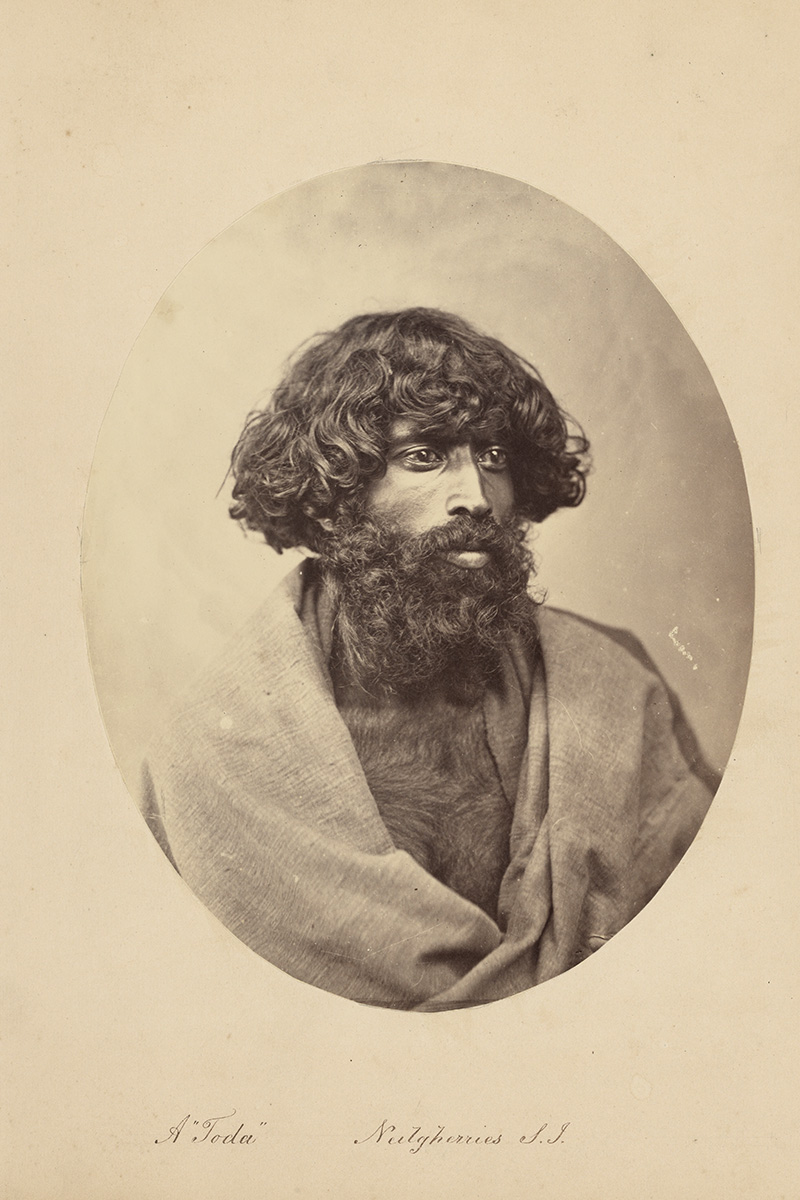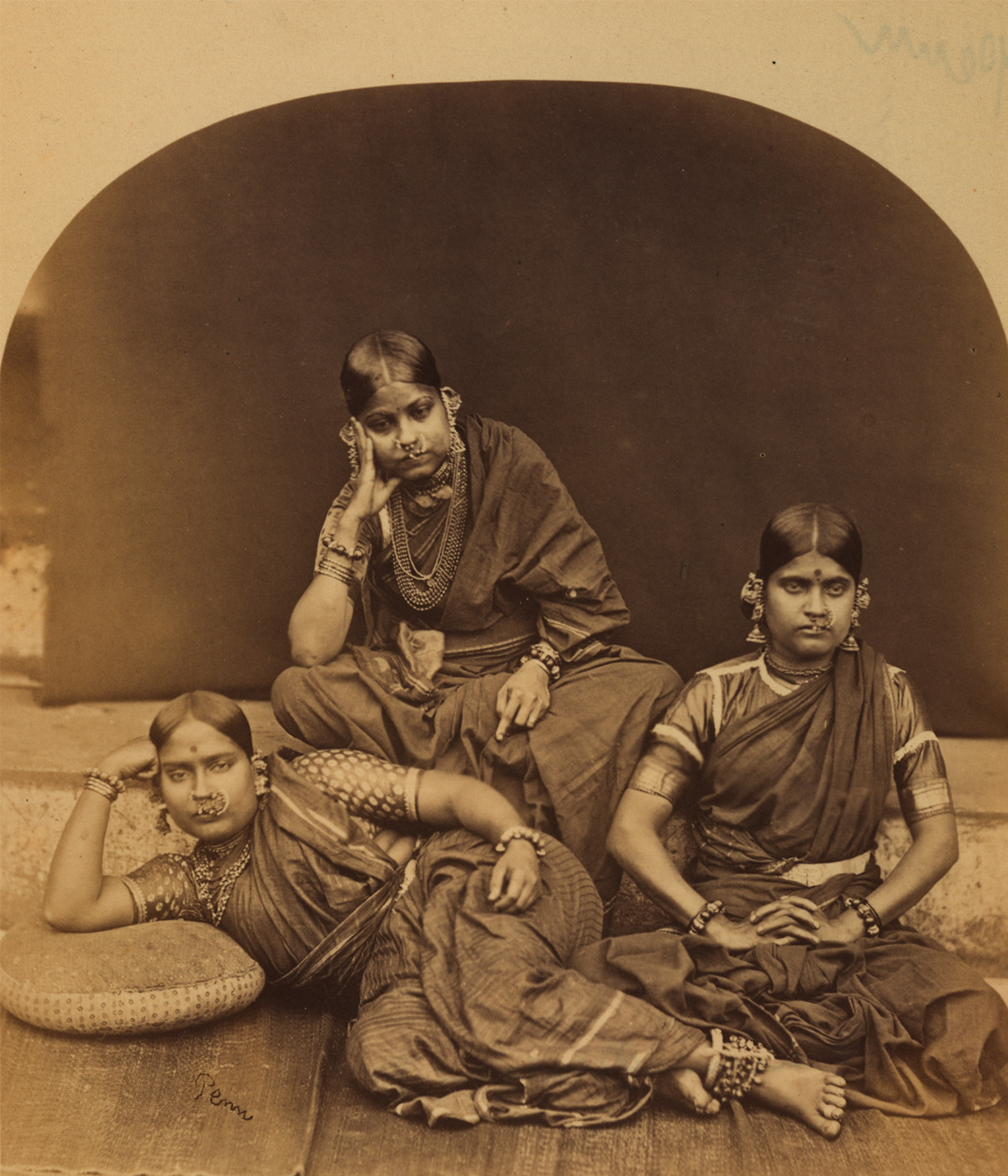ARTICLE
ATW Penn
A British photographer from Somerset, UK, who worked and lived in Ootacamund (now Udagamandalam; better known as Ooty) and Coonoor in British India, Albert Thomas Watson Penn operated largely outside of formal systems of photography such as societies and institutions, and its conventions and styles. He spent most of his life in the Nilgiris in southern India, where he worked as a commercial photographer, occasionally also contributing to ethnographic studies of the area.
Penn left his family home in Street, UK, shortly before turning twelve and, after a brief period in London, arrived in Madras (now Chennai) by 1864. He worked at the photography studio Nicholas Brothers & Co., before moving to Ooty in 1865 to set up and operate a branch there. He married Elizabeth Eagan in 1970 and continued working there until he acquired the studio five years later, subsequently running it under his name. In 1877, a year after the onset of the Great Famine of South India, his business in Ooty slowed and he took his practice to Bangalore, where he photographed the cantonment and the relief work being carried out. The following year, he travelled to the UK to learn more about photographic techniques and technology. When he returned the next year, he shut down the branch he had started in Bangalore in order to focus on his studio in Ooty, where business had again picked up, and which in 1880 he renamed as the Ootacamund Photo Establishment. In the decade that followed, he undertook two major photographic tours of South India. In 1902, Penn opened Reliance Auction and Commission Agency, through which he made regular sales for at least ten years after, while also running the Farrington Hotel for an indeterminate period. He left Ooty with his family in 1911 for Eversholt, England, but returned to India in 1922 to Coonoor, where he spent his last two years before succumbing to a stroke.
As a large proportion of the town’s population comprised visiting tourists and seasonal residents he had a constant clientele, enabling him to earn a steady annual income. His constant presence in British social circles and active participation in their recreational activities — such as hunts (he was an amateur rifle shot), athletic events, choral performances and concerts — contributed a great deal to the sustained patronage his studio received. His photographs of these events were often published in local or regional papers such as The South of India Observer or The Madras Mail.
Penn also accepted commissions for ethnographic studies of the native population of the region, which featured in such notable volumes as Ootacamund, a History (1908) by Frederick Price and Castes and Tribes of Southern India (1909) by Edgar Thurston. His images were notably different from others produced at the time: he photographed his subjects — mainly members of the indigenous Kurumba and Toda communities — as if in the course of their daily activities, such as farming, foraging, cattle-herding and even professional grooming, rather than in the static and heavily staged style that was the norm then. His photographs of Dancing Girls slumped from exhaustion or casual images of himself with his friends are just some examples of his commitment to journalistic documentation, which can be seen as early as 1876 in his work on the Great Famine of South India.
As he lived and worked far from the urban centres of colonial rule and rarely engaged with surveyors or institutions, Penn’s life has not come under much historical scrutiny. His biographical details inThe Nicholas Brothers & A.T.W Penn: Photographers of South India 1855-1885, by his great-grandson Christopher Penn, were pieced together from press clippings, publications bearing his photographs and correspondences. Although Penn was a photographer of renown only in the local social and administrative circles, his photographs have since gained a wider audience. Now found in collections across Europe – from Paris to Vienna and Berlin – the largest number of his photographs are presently found in institutions in the UK, such as the British Museum, the Royal Geographical Society and the National Army Museum.
Bibliography
Our website is currently undergoing maintenance and re-design, due to which we have had to take down some of our bibliographies. While these will be re-published shortly, you can request references for specific articles by writing to hellomapacademy@map-india.org.








